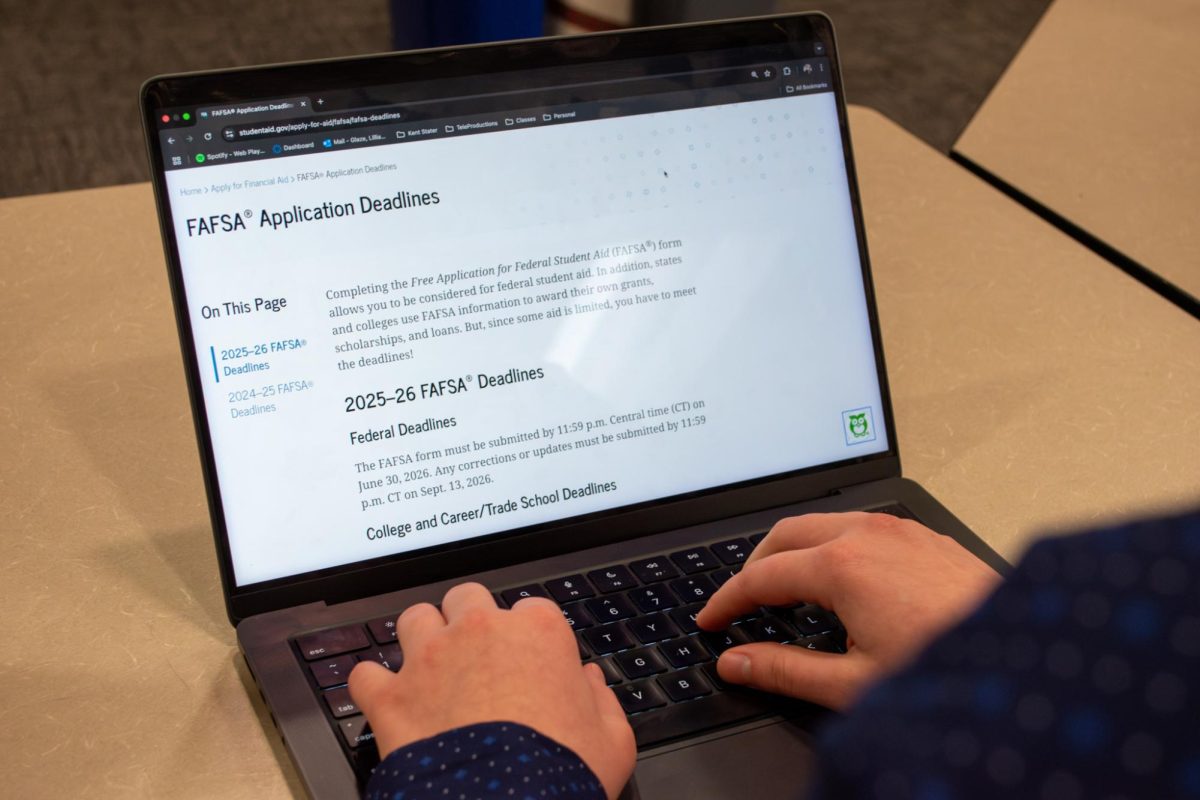The Free Application for Federal Student Aid (FAFSA) has been open since Dec. 2024. So, what are the steps students should be taking after they apply?
What is FAFSA?
Colleges and career schools are able to use the FAFSA form to determine the amount of financial aid a student may receive to support their education expenses.
Aid includes grants, scholarships, work-study funds and loans.
Students must apply for financial aid every year.
How to get started
In Ohio, students must have the application submitted by Oct. 1, 2025.
Students are recommended to check in with their school or careers advising office to see if any additional forms are required.
When filling out the form, students must first create a StudentAid.gov account. Students then need to gather all of their information through the appropriate documents such as social security numbers, tax returns, records of any child support received, business, net worth and more. It is suggested to keep a copy of all records and it is not necessary to send them in the mail unless instructed to do so.
FAFSA is also required to ask for the dependency status of students. An independent student meets the criteria of being at least 24 years old, married, a graduate, an orphan, a ward of the court or someone with legal dependents other than a spouse. A dependent student is considered for not meeting the criteria of the independent student.
If you are a dependent student, a parent will need to report their information through FAFSA as well.
What are the next steps?
After students have successfully completed their FAFSA form, it is important to review their aid offer.
This offer explains the amount of money and types of aid a student will be offered to help support them throughout their education or career.
If a student has been accepted into multiple schools or has more than one offer, they can compare and choose the aid that best fits their needs. The best offer can be determined by subtracting the offered amount from the total cost of tuition and fees.
Financial aid requires a student to maintain satisfactory academic progress.
Aid will automatically apply to the amount a student owes for their education, and it will send the remaining balance to spend on other school costs.
After graduation, a student will begin to repay any loans through a payment plan. Students have a six-month grace period before they are expected to begin payments. Loans come with interest rates, so it is expected that the student will pay back more than what they were offered.
Federal Student Aid posts tips and information regarding financial aid regularly.
Emma Campbell is a reporter. Contact her at [email protected].




